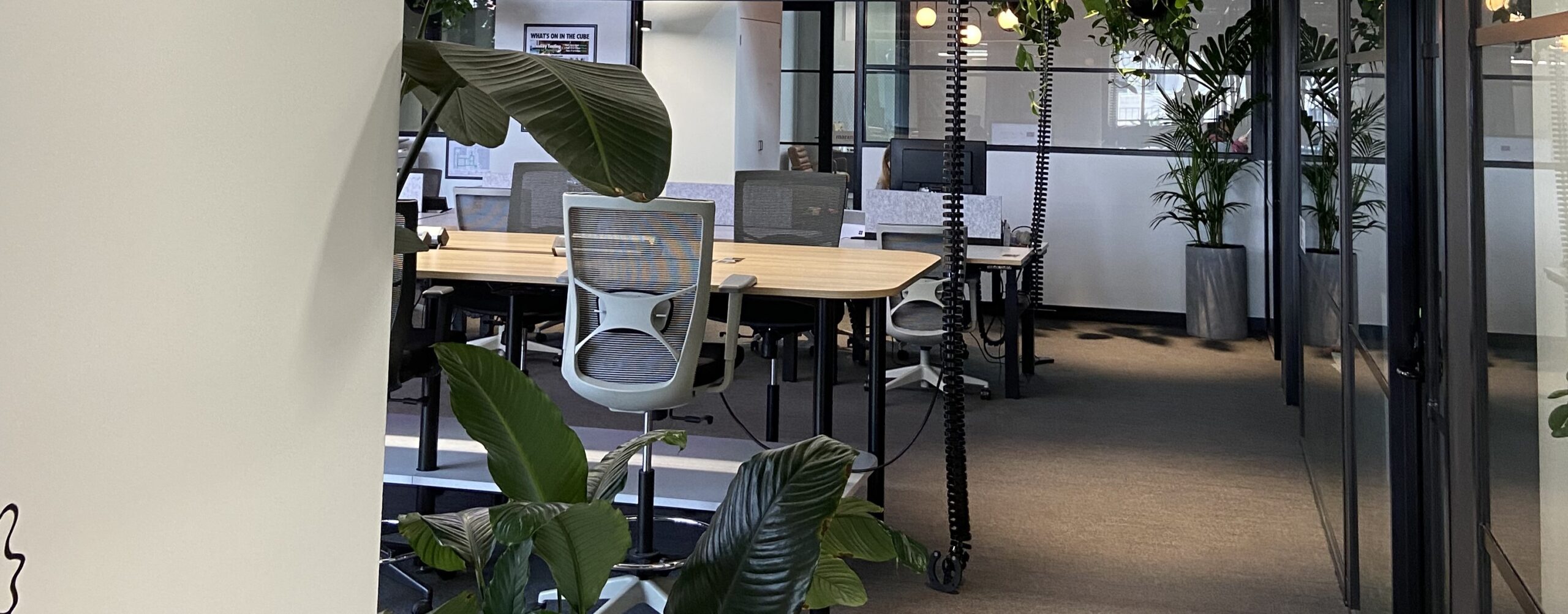change and disruption in nearly every aspect of human life. Among the many areas significantly impacted were commercial office spaces. As businesses worldwide grappled with the challenges and uncertainties brought about by the pandemic, the effects on these office spaces were profound and transformative.
One of the most immediate and lasting effects was the widespread adoption of remote work. To mitigate the spread of the virus, companies swiftly transitioned to remote work arrangements, which in turn prompted a reevaluation of the traditional office setup. This shift forced businesses to reconsider the necessity of large office spaces, leading to a decrease in demand for commercial office space leases.
The pandemic also accelerated the implementation of technology and digital solutions in office environments. Virtual meetings, cloud-based collaboration tools, and advanced communication platforms became essential for businesses to maintain productivity while minimizing physical presence in the office. As a result, the focus shifted from designing spaces for physical collaboration to spaces conducive for virtual collaboration.
Health and safety concerns became paramount. Commercial office spaces had to be reconfigured to meet the new requirements of social distancing, sanitation, and ventilation. Businesses invested in modifications like touchless entry systems, improved air filtration, and flexible seating arrangements to ensure the safety of employees returning to the office.
Moreover, the pandemic’s impact extended to the urban landscape, as some businesses reconsidered their location strategies. Companies in dense urban areas, where public transportation and large gatherings posed higher risks, started looking for suburban or remote locations to mitigate those risks.
The pandemic also affected the cultural dynamics of office spaces. Team building, employee engagement, and company culture, which often relied on in-person interactions, had to adapt to virtual environments. Businesses faced the challenge of maintaining a strong corporate culture while physically dispersed.
In conclusion, the COVID-19 pandemic triggered a sea change in the commercial office space landscape. The shift to remote work, adoption of technology, emphasis on health and safety, changes in location strategies, and cultural adaptations were just some of the many effects witnessed. As the world navigates the post-pandemic era, businesses and commercial office spaces will continue to evolve in response to these transformative changes, creating new paradigms for the workplace of the future.

